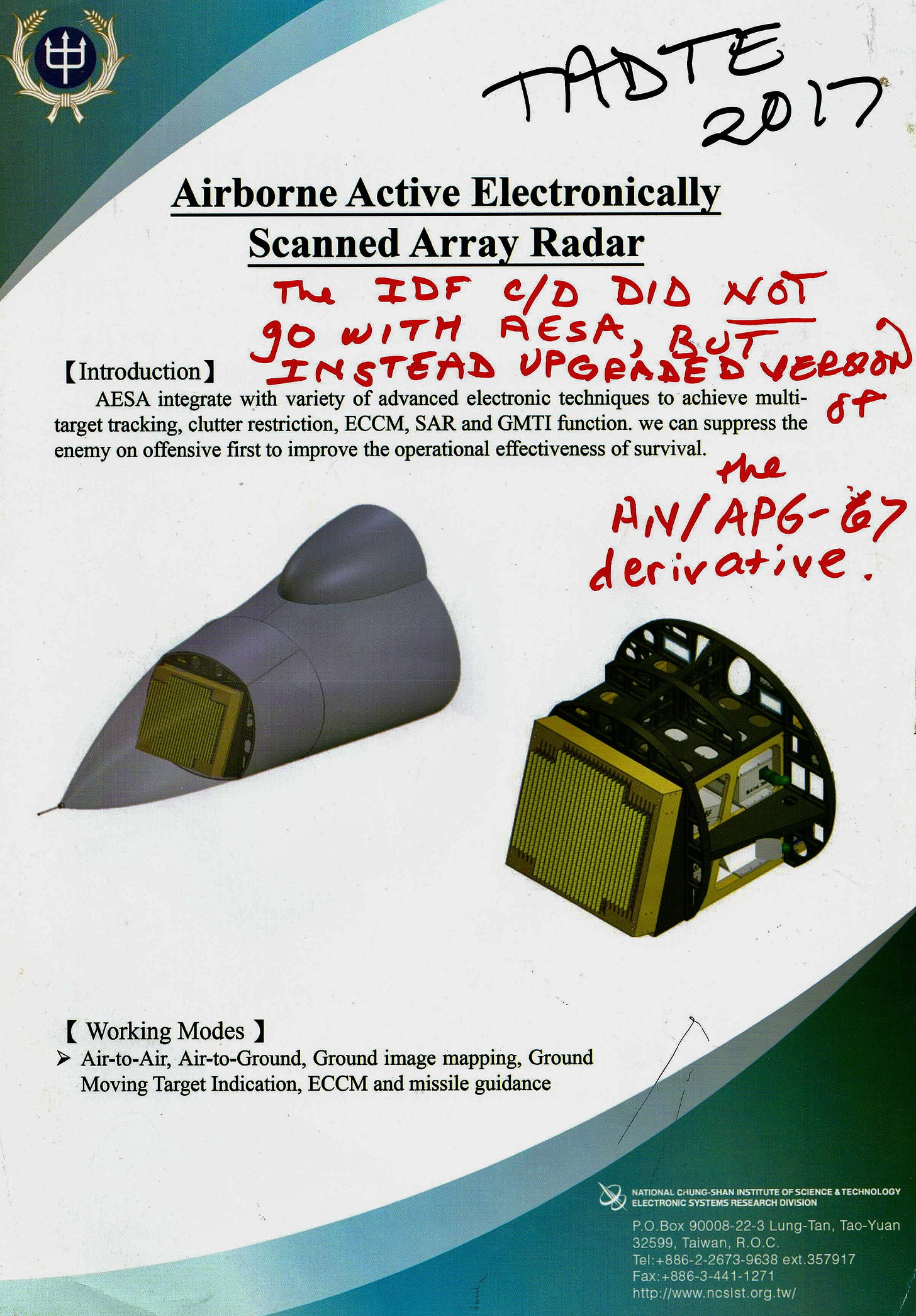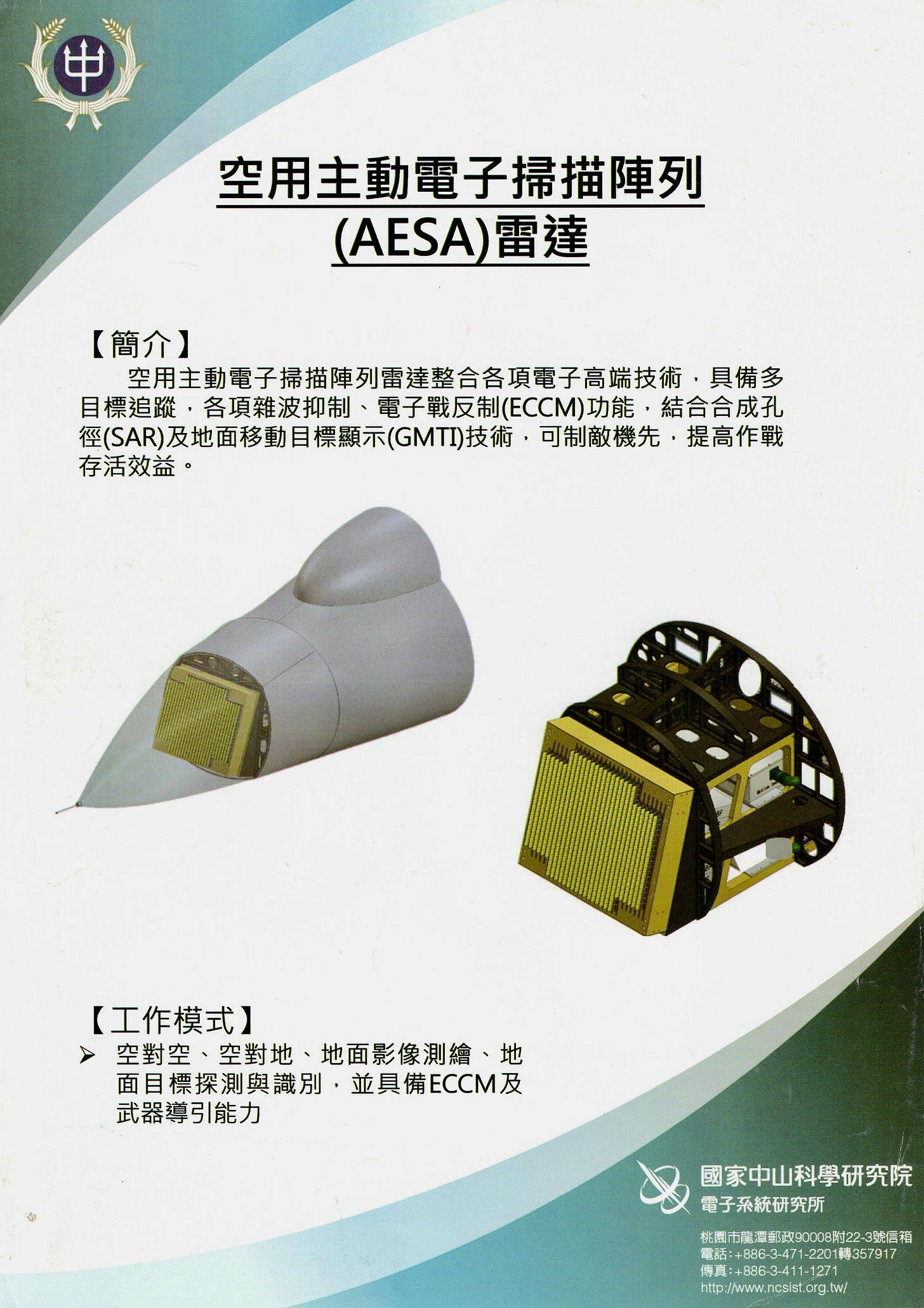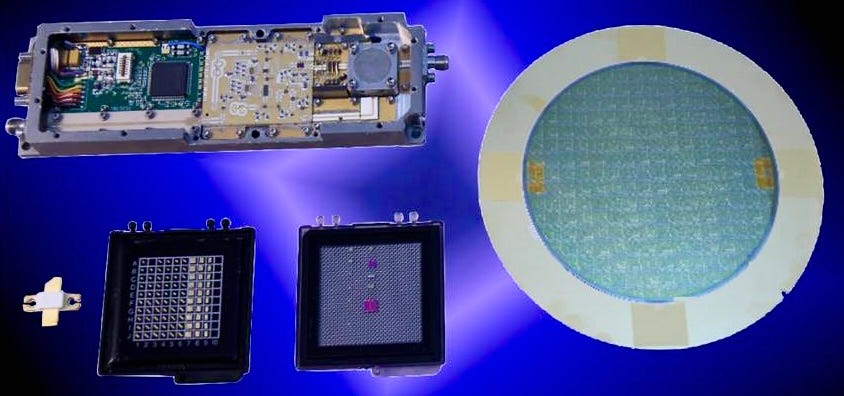China In Arms BOOKSTORE and GIFT SHOP!
Follow on Twitter
Subscribe: $5 Month/$50 Annual (unable to secure a subscription contact the bank for permission for Stripe deposits).
Paid Subscriptions can choose 2 free books.
2 March 2023 (Sunday)
TAIWAN AESA FINDS NO HOME
NCSIST's Failure to be Appreciated
By Wendell Minnick (Whiskey Mike) 顏文德
TAIPEI - This might sound like a commercial, but it is not. The question, unanswered, is why Taiwan’s AESA is not of interest to the international defense market?
Taiwan’s military-run National Chung-Shan Institute of Science and Technology (NCSIST) designs, develops, and builds some of the most advanced military equipment in the world.
Radars are developed under the NCSIST’s Electronic Systems Research Division (ESRD).
But for some mysterious reason no one wants to buy from NCSIST.
Below is the 2017 brochure from the Taipei Aerospace and Defense Technology Exhibition (TADTE) along with photographs for paid subscribers. The next TADTE is in September of this year and expected to be the largest in history.
Taiwan’s NCSIST in 2017 showed off the new Airborne Active Electronically Scanned Array (AESA) Radar for fighter aircraft.
However, the AESA was not used for the new upgrades of the Indigenous Defense Fighter (IDF). Instead the IDF went with a derivative of the AN/APG-67.
AESA is one of the most difficult radars in the world to develop for combat aircraft, and NCSIST’s AESA has impressive parameters.
These include air-to-air, air-to-ground, ground image mapping, ground moving targeting indication, electronic counter-counter measures (ECCM), missile guidance. multiple-tracking, ground-moving target indication (GMTI), synthetic aperture radar (SAR), and clutter restriction.
Even for a training aircraft, suicide drone, or reconnaissance unmanned aerial vehicle (UAV), this radar could serve customers as required.
This is the AESA T/R module sample that appeared both at the 2017 TADTE and Paris Airshow.







